1. IC-Technology
1.1. With or Vs. F2F
1.2. Information management
1.2.1. IK engineering (techniques)
1.2.1.1. Personalization
1.2.1.2. socialization/Creation/Innovation
1.2.1.3. Capturing/Monitoring
1.2.1.4. Codification/Discovery
1.2.2. Information structure
1.2.3. Agricultural information systems
1.2.4. Information Management Standards
1.3. Web 2/ virtual tools
1.3.1. e-mail alerts
1.3.2. news feeds on igoogle page
1.3.3. Blogs
1.3.4. D-group
1.3.5. shared google agenda
1.3.6. Wikis
1.3.7. Platforms
1.3.8. Intranets
1.3.9. e-meetings
1.3.9.1. E-conferencing
1.4. Interactivity
1.4.1. 1 size fits all?
1.5. Use
1.5.1. convince users
1.5.2. Build community
1.5.3. usefulness?
1.5.4. tailor made tools
1.5.5. experience sharing
1.6. Connectivity
1.6.1. adapted to low bandwith environment
1.6.2. off line facilities
1.6.3. dial up systems
2. Concept & Vision
2.1. Meetings
2.1.1. Online
2.1.2. Offline
2.2. Strategic planning
2.2.1. visioning
2.2.1.1. advocacy - sold vision and value
2.2.2. communication strategy
2.2.3. future stories
2.3. Linking people
2.3.1. social capital (Ecosystems Networks)
2.3.1.1. Creative Networks
2.3.1.1.1. Collaboration
2.3.1.2. Social Networks
2.3.1.2.1. Communication
2.3.1.3. Political Networks
2.3.1.3.1. Dissemination
2.4. Participatory approaches
2.4.1. Horizontal processes
2.4.2. World Cafe
2.4.3. Communities of Practice
2.4.3.1. unity / engagement
2.4.3.1.1. Core group
2.4.3.1.2. Active members
2.4.3.1.3. Peripheral members
2.4.3.1.4. Outsiders
2.4.3.2. Identity
2.4.3.3. relevance
2.4.3.4. value
2.4.4. conversations
2.4.5. collaborative learning
2.5. Trust
2.5.1. sharing instead of retention of information
2.5.2. peer review
2.6. adoption
2.6.1. Committment
2.6.2. Cultural barriers
2.6.3. gender
2.6.4. willingness to share
2.6.5. buy in
2.6.6. saving time and money
2.6.6.1. No travel/ reduced cost
2.6.7. common ground
2.6.8. motivation
2.6.9. changing mindsets
2.6.10. less hierarchy barriers
3. KM/KS Theory and Practice the "above the flow" view
3.1. Knowledge economy
3.2. Duplication of effort
3.3. Information overload
3.4. Tacit/ explicit
3.5. Impact
3.5.1. KS "in process" metric
3.5.1.1. tacit to tacit
3.5.1.1.1. social network analysis
3.5.1.2. tacit to explicit
